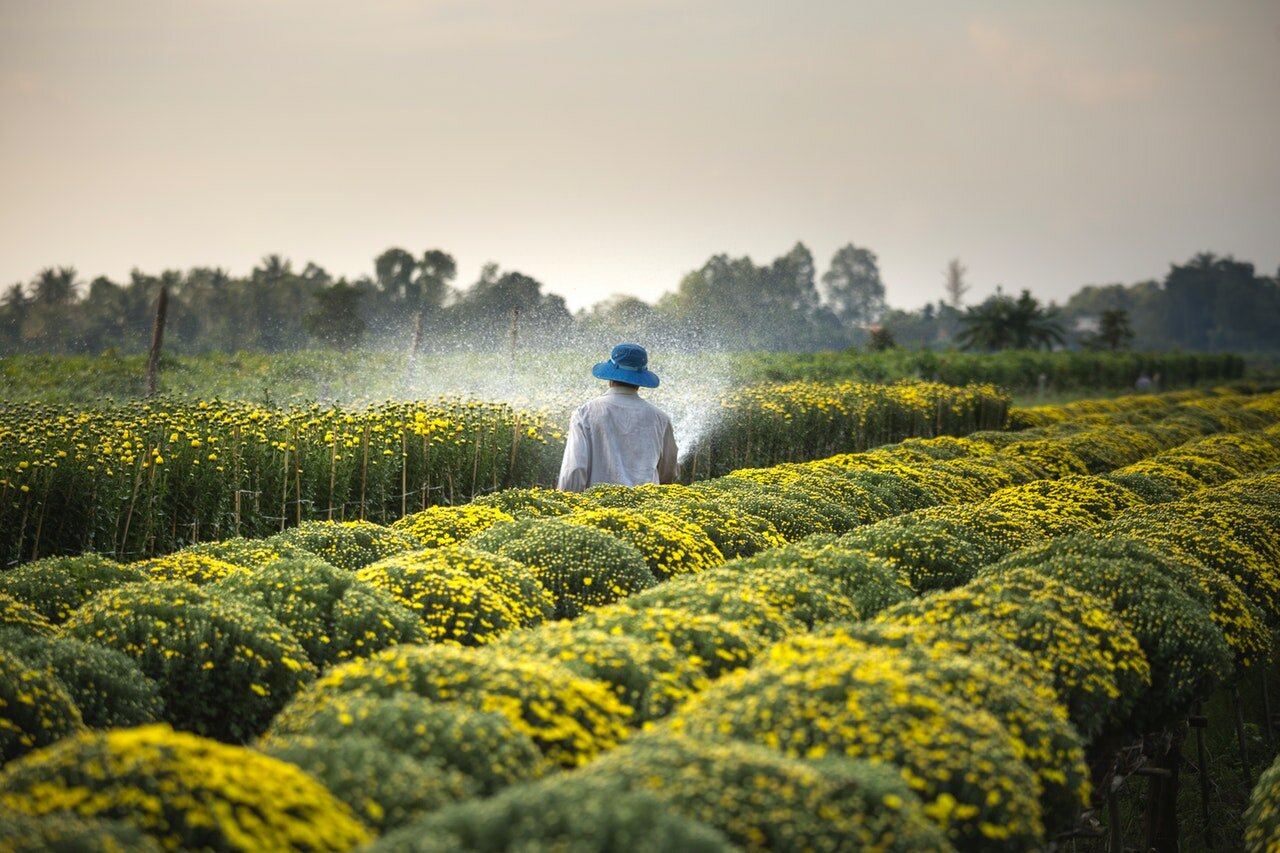If you have heard the biblical story about the seven bowls, this may sound similar. Since the 23rd of January a large quantity of locusts have invaded a considerable part of Africa and are feasting on vulnerable vegetation and putting in danger the crops and if not stopped, they can cause great agricultural damage, risking human starvation in those regions.
Locusts are insects similar to grasshoppers, but with an entirely different behaviour. Their lifestyles are like that of its cousins, however, when they have the exact combination of conditions, locusts can reproduce fast and in a short amount of time, turn into a very inconvenient swarm.
https://twitter.com/eli__097/status/1219528510173339648
These types of plagues can move quickly, suddenly covering up the sky with dark clouds full of locusts. According to Associated Press (AP) “an average swarm can destroy as much in a day as is sufficient to feed 2,500 people”. In Africa Desert locusts (Schistocerca gregaria) are the species that have already destroyed hundreds of miles of vegetation and forced thousands of people to struggle moving through them. It is the largest outbreak of locusts Africa has seen in 25 years and some regions had not suffered from them in as long as 70 years.
It is important to mention that plagues move quickly, if not controlled their numbers could grow 500 times bigger in five months. People are asking their local governments to force them into action, as many lives depend on their farms and crops.
What caused this to happen?
It is an issue widely discussed throughout the latest years as it has caused a lot of damage, Climate Change as a consequence of human behaviour.
In Australia, climate change worsened the fires and made them incontrollable and terribly destructive. China is in quarantine, in an attempt to stop the spreading of the Coronavirus 2019-nCoV outbreak, which by the 23rd of January, has already claimed the lives of more than twenty people and had already reached other countries.
Extreme climate change has also accelerated the process of glacier melting, water shortages, warmer temperatures and many more natural conditions that have been altered due to human actions which caused the extreme conditions we are experiencing nowadays.
Africa, for example, has been experiencing heavy rains since last year, this could probably be caused by the rise in water temperatures in the Indian Ocean, located on the eastern coast of Africa. The combination of rainfall and warmth has created the perfect environment for locust breeding, as greenery springs up faster, the locusts are well fed and continue to reproduce.
Billions of locusts swarm through East Africa after year of extreme weather https://t.co/87MGBOd4Hl pic.twitter.com/j5V70txlZP
— FRANCE 24 (@FRANCE24) January 24, 2020
And the future is not likely to change. Forecasts for this year state that high temperatures and rain are likely to continue the same probably until June. The situation is concerning, and time is of the essence when dealing with these matters because the are only made worse as days go by. Even more reason to lobby the government into a quick solution. Otherwise, millions of people will suffer watching all their year’s work be destroyed, the economy will also be jeopardized.
What’s next?
This situation is currently being monitored by world organizations such as the Food and Agriculture Organization (FAO) of the United Nations, which is paying special attention to in africa and modern technologies for a better understanding and addressing of the locust problem.
Their evaluation states that “the current Desert Locust situation is extremely alarming and represents an unprecedented threat to food security and livelihoods in the Horn of Africa. In addition, important locust situations continue to develop along both sides of the Red Sea, in Oman and in southern Iran.
Normally, FAO operates a centralized Desert Locust Information Service (DLIS) within the Locust Group at FAO Headquarters, Rome, Italy that monitors the Desert Locust situation throughout the world, thus providing information on the general locust situation to the global community and giving timely warnings and forecasts to those countries in danger of invasion.
Measures are being taken by the UN agency since they now consider Africa’s problem of international concern. In a press release issued on Monday, FAO Director-General QU Dongyu said the agency is activating fast-track mechanisms to support governments, “authorities in the region have already jump-started control activities, but in view of the scale and urgency of the threat, additional financial backing from the international donor community is needed so they can access the tools and resources required to get the job done,” Mr. Qu said.
To get the financial support they need, FAO in cooperation with Africa, is in need of a global campaign to raise about $70 million dollars, to support both pest control with aerial control with pesticides and to conduct food security operations across de damaged regions. “Communities in Eastern Africa have already been impacted by extended droughts, which have eroded their capacities to grow food and make a living. We need to help them get back on their feet, once the locusts are gone”, FAO’s Director General said.
We too have an important role to play, as individuals in different parts of the world it is evident that most of us can´t do much to help control the locust plague itself. What we can do is raise awareness about the dangers and effects of climate change and try to change the focus that it is generally given.
Media, politicians and business organisations always speak in terms of what is best for them, and what is heard about climate change is that it is an ominous presence that appeared out of nowhere. However, we as humans caused it with our actions, and we can also stop it, by following a more sustainable way of life.

